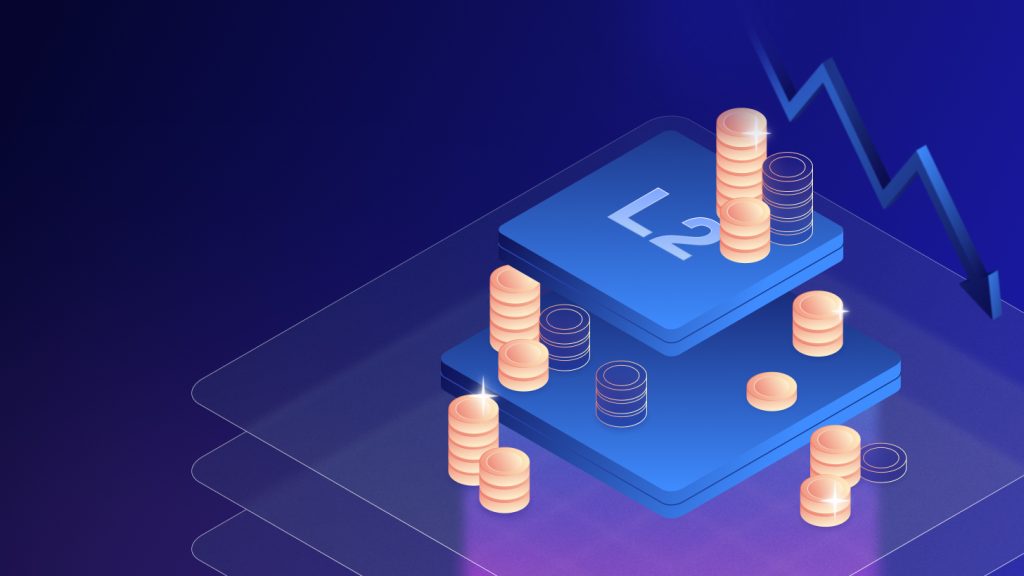
Layer 2 scaling solutions reduce transaction costs and increase execution speeds for algorithmic trading strategies that require frequent order placement and modification. These optimisation improvements enable traders to implement sophisticated strategies on assets, including top meme coins by market cap, without prohibitive gas fees consuming potential profits. Enhanced efficiency transforms previously unprofitable micro-arbitrage opportunities into viable trading strategies.
Speed advantage unleashed
Layer 2 networks process transactions in milliseconds rather than minutes, enabling algorithmic systems to respond instantly to market movements and price discrepancies. This speed enhancement proves crucial for high-frequency trading strategies that capitalise on brief arbitrage windows before they close. Faster execution times allow algorithms to capture more opportunities while reducing slippage when markets move during transaction processing delays. Traditional blockchain networks create execution bottlenecks that limit algorithmic trading effectiveness, particularly during periods of high network congestion when transaction fees spike and confirmation times extend significantly. Layer 2 solutions eliminate these constraints by processing transactions off-chain before settling batches on the leading network. This architecture maintains security while delivering the speed requirements that sophisticated trading algorithms demand for optimal performance.
Cost efficiency breakthrough
Reduced transaction fees enable algorithmic strategies to operate profitably on smaller price movements that gas costs would otherwise consume. Layer 2 networks typically charge fractions of mainnet fees, making micro-arbitrage and scalping strategies economically viable across broader market conditions. Lower costs also permit increased trading frequency without proportionally reducing net returns through accumulated transaction expenses. Fee optimisation particularly benefits market-making algorithms that require frequent order updates and position adjustments:
- Bid-ask spread strategies become profitable with tighter margins due to reduced execution costs
- Grid trading systems can operate with smaller price increments between order levels
- Rebalancing algorithms can adjust positions more frequently without cost penalties
- Arbitrage bots can capture minor price differences across different trading venues
- Mean reversion strategies can enter and exit positions multiple times within a single trading session
Liquidity pool advantages
Layer 2 networks aggregate liquidity across multiple sources while maintaining low-cost access for algorithmic traders seeking optimal execution prices. These enhanced liquidity pools reduce market impact from larger algorithmic orders while providing consistent pricing depth across different trading sessions. Improved liquidity conditions enable algorithms to execute larger position sizes without causing adverse price movements that reduce strategy profitability. Automated market makers on layer 2 networks offer more competitive pricing due to reduced operational overhead and increased competition among liquidity providers. This environment creates additional arbitrage opportunities between different automated market makers and centralised exchanges that algorithmic systems can exploit efficiently.
Execution precision
Enhanced layer 2 infrastructure enables more precise order execution through reduced latency and improved price discovery mechanisms. Algorithmic systems can implement sophisticated order types and conditional logic that respond to real-time market conditions without delays, compromising strategy effectiveness. This precision benefits strategies that rely on exact timing and price levels for optimal performance.
Smart contract integration on layer 2 networks allows algorithmic trading systems to operate autonomously while maintaining transparency and auditability. These automated systems execute trades based on predetermined parameters without human intervention, ensuring consistent strategy implementation regardless of market conditions or operator availability. With high speed and intelligent contract automation, low fees create an optimal environment for sophisticated algorithmic trading operations that can maintain profitability while adjusting to changing market dynamics.





More Stories
How Washington, D.C. Workers Can Protect Themselves Against Retaliation in the Workplace
Navigating Business Litigation: What Every Small Business Owner Should Know
How to Compare APYs on High-Yield Business Accounts